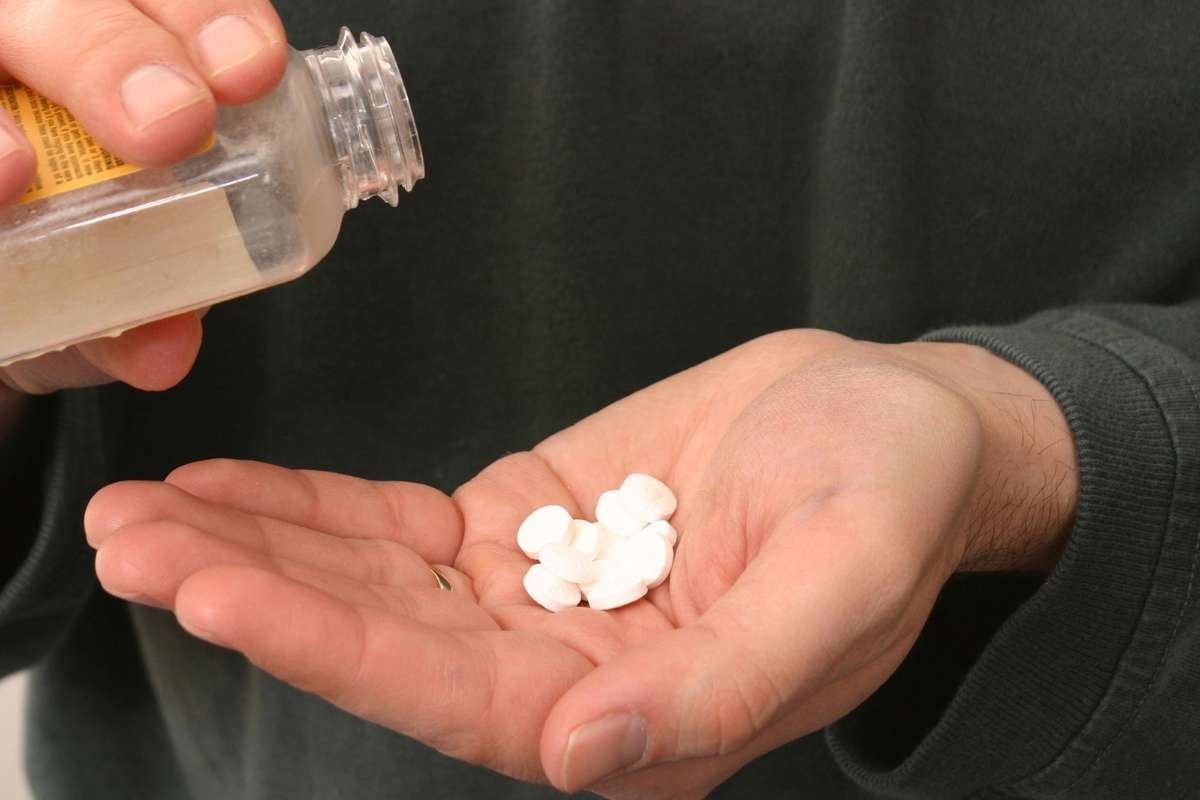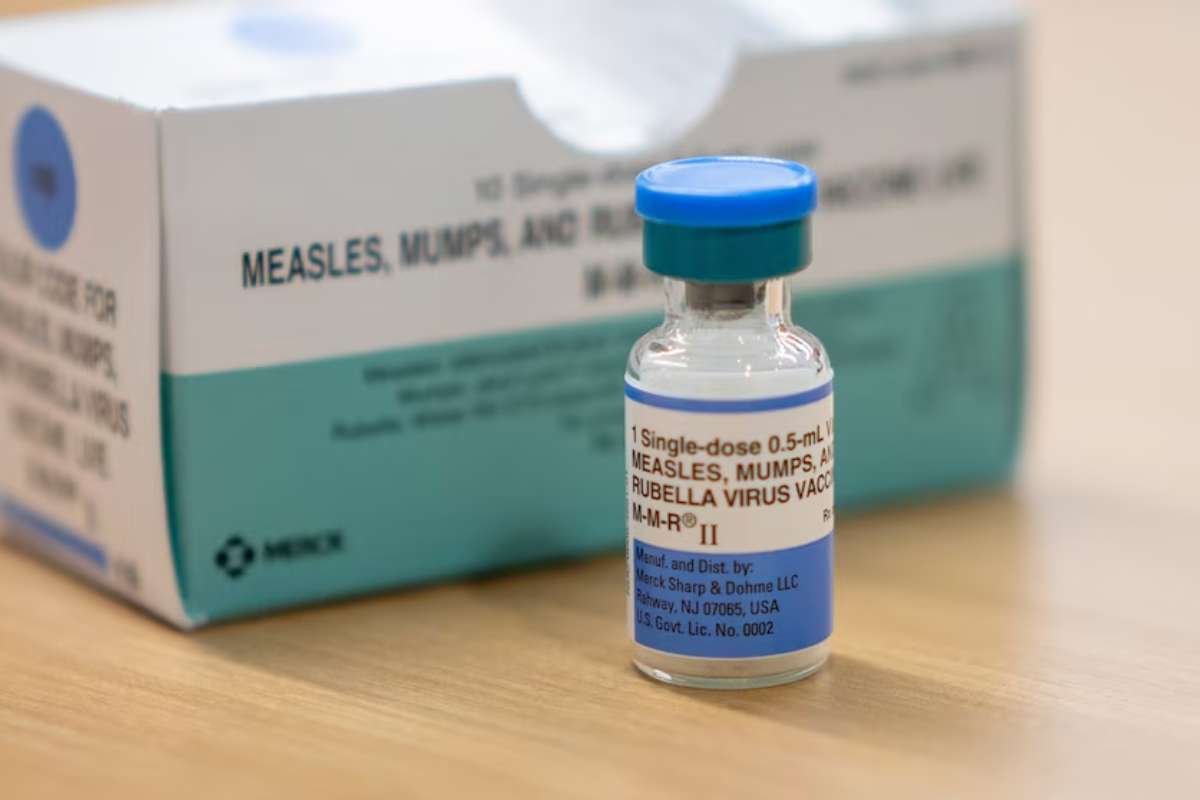Dementia is a growing concern worldwide, with millions of people affected by this debilitating condition. Early detection is crucial for managing and treating dementia effectively. Among various diagnostic tools, the MoCA test for dementia stands out due to its comprehensive assessment capabilities and ease of administration. This article delves into the significance, methodology, and benefits of the MoCA test for dementia, providing a thorough understanding for both healthcare professionals and the general public.
Understanding Dementia
Dementia is not a single disease but a general term for a decline in cognitive function severe enough to interfere with daily life. It affects memory, thinking, language, judgment, and behavior. Alzheimer’s disease is the most common form, but there are several other types, including vascular dementia, Lewy body dementia, and frontotemporal dementia. Early diagnosis is vital for managing symptoms, planning for the future, and improving the quality of life for those affected.
What is the MoCA Test for Dementia?
The Montreal Cognitive Assessment (MoCA) is a widely used screening tool designed to detect mild cognitive impairment (MCI) and early-stage dementia. Developed in 1996 by Dr. Ziad Nasreddine in Montreal, Canada, the MoCA test for dementia is renowned for its sensitivity and specificity in identifying cognitive deficits that other tests might miss. It assesses various cognitive domains, including attention, executive functions, memory, language, visuospatial skills, conceptual thinking, calculations, and orientation.
Components of the MoCA Test for Dementia
It consists of 30 points and typically takes about 10 to 15 minutes to administer. It includes the following components:
- Visuospatial/Executive: This section assesses the ability to understand and manipulate visual information. Tasks include drawing a clock, copying a cube, and connecting dots in a specific sequence.
- Naming: This part involves identifying and naming three animals. It helps evaluate language skills and visual recognition.
- Memory: The examiner reads a list of five words, and the patient is asked to recall them immediately and after a few minutes. This tests short-term memory.
- Attention: This section includes tasks such as repeating a sequence of digits forward and backward, tapping in response to a target letter, and subtracting serial sevens from 100. It assesses concentration, working memory, and attention span.
- Language: This part involves repeating sentences, naming words that begin with a specific letter, and understanding verbal instructions. It evaluates expressive language and verbal fluency.
- Abstraction: This section tests abstract thinking by asking the patient to describe the similarity between two objects or concepts.
- Delayed Recall: The patient is asked to recall the five words mentioned earlier. This tests long-term memory retention.
- Orientation: The final section assesses awareness of time and place by asking questions about the current date, location, and city.
Administering the MoCA Test for Dementia

It is simple to administer and requires minimal training, making it accessible for a wide range of healthcare providers, including general practitioners, neurologists, psychologists, and geriatricians. Here is a step-by-step guide to administering the MoCA test for dementia:
- Preparation: Ensure a quiet, well-lit environment free from distractions. Have the necessary materials, such as the test sheet, pen, and paper, ready.
- Introduction: Explain the purpose of the test to the patient, emphasizing that it is not an IQ test but a tool to assess cognitive function.
- Conducting the Test: Follow the test instructions precisely, providing clear and concise directions for each task. Ensure the patient is comfortable and provide encouragement without leading or giving hints.
- Scoring: The test is scored out of 30 points, with higher scores indicating better cognitive function. A score of 26 or above is generally considered normal, while scores below 26 suggest cognitive impairment. Adjustments may be made based on the patient’s education level and cultural background.
- Interpreting Results: Use the results in conjunction with other clinical evaluations and diagnostic tools. A low score on the MoCA test for dementia should prompt further investigation and possibly a referral to a specialist.
Advantages of the MoCA Test for Dementia
It offers several advantages over other cognitive screening tools:
- Comprehensive Assessment: By evaluating multiple cognitive domains, the MoCA test for dementia provides a thorough assessment of cognitive function, helping to identify deficits that other tests might overlook.
- Sensitivity and Specificity: Research has shown that the MoCA test for dementia is highly sensitive and specific in detecting mild cognitive impairment and early-stage dementia, making it a reliable tool for early diagnosis.
- Ease of Use: The test is quick and easy to administer, requiring minimal training and equipment. This makes it accessible to a wide range of healthcare providers and suitable for use in various settings, including primary care, hospitals, and community clinics.
- Versatility: The MoCA test for dementia has been translated into numerous languages and adapted for different cultures, making it a versatile tool for diverse populations.
- Educational Adjustments: The test includes adjustments for individuals with lower education levels, ensuring fair assessment across different educational backgrounds.
Limitations of the MoCA Test for Dementia
Despite its many benefits, the MoCA test for dementia has some limitations:

- False Positives/Negatives: Like any screening tool, the MoCA test for dementia can produce false-positive or false-negative results. It is essential to interpret the results in the context of the patient’s overall clinical picture.
- Performance Anxiety: Some patients may experience anxiety during testing, which can affect their performance and lead to inaccurate results.
- Cultural and Language Barriers: Although the test has been adapted for different cultures, subtle cultural and language differences can still impact performance. It is crucial to consider these factors when interpreting results.
- Limited Scope: The MoCA test for dementia is a screening tool, not a definitive diagnostic test. It should be used as part of a comprehensive assessment that includes medical history, physical examination, and other diagnostic tests.
The Role of the MoCA Test for Dementia in Clinical Practice
This test plays a vital role in clinical practice, particularly in primary care settings where early detection of cognitive impairment is crucial. It helps healthcare providers:
- Identify Early Cognitive Decline: By detecting mild cognitive impairment, the MoCA test for dementia allows for early intervention, which can slow the progression of dementia and improve patient outcomes.
- Monitor Cognitive Changes: Regular use of the MoCA test for dementia enables healthcare providers to track changes in cognitive function over time, helping to assess the effectiveness of treatments and interventions.
- Guide Referrals: Low scores on the MoCA test for dementia can prompt referrals to specialists, such as neurologists or geriatricians, for further evaluation and management.
- Inform Care Planning: Understanding a patient’s cognitive status helps in developing personalized care plans that address their specific needs and challenges.
Research and Developments

Ongoing research continues to explore the effectiveness and applications of the MoCA test for dementia. Studies are investigating its use in various populations, including those with different types of dementia, neurological disorders, and psychiatric conditions. Additionally, researchers are examining the test’s predictive value in identifying individuals at risk of developing dementia.
Technological advancements are also enhancing the utility of the MoCA test for dementia. Digital versions and applications are being developed to facilitate remote administration and improve accessibility. These innovations have the potential to broaden the reach of cognitive screening and ensure timely detection and intervention.
Conclusion
The MoCA test for dementia is a powerful tool in the early detection and management of cognitive impairment. Its comprehensive assessment, ease of use, and adaptability make it a valuable resource for healthcare providers worldwide. While it has some limitations, the benefits of using the MoCA test for dementia far outweigh the drawbacks, especially when used as part of a holistic approach to cognitive health. Early detection through the MoCA test for dementia can lead to better outcomes for patients, allowing them to receive the care and support they need to maintain their quality of life.







